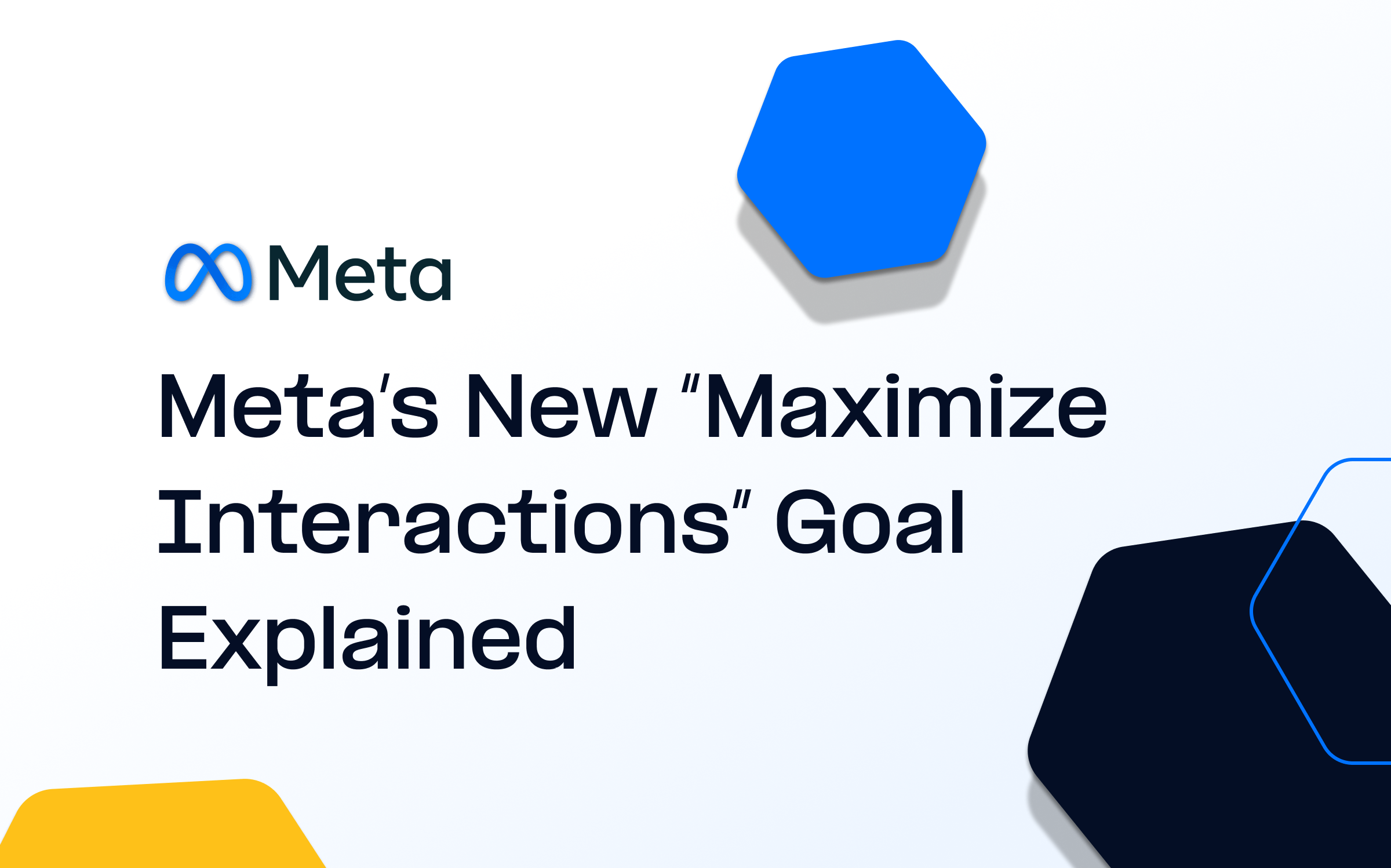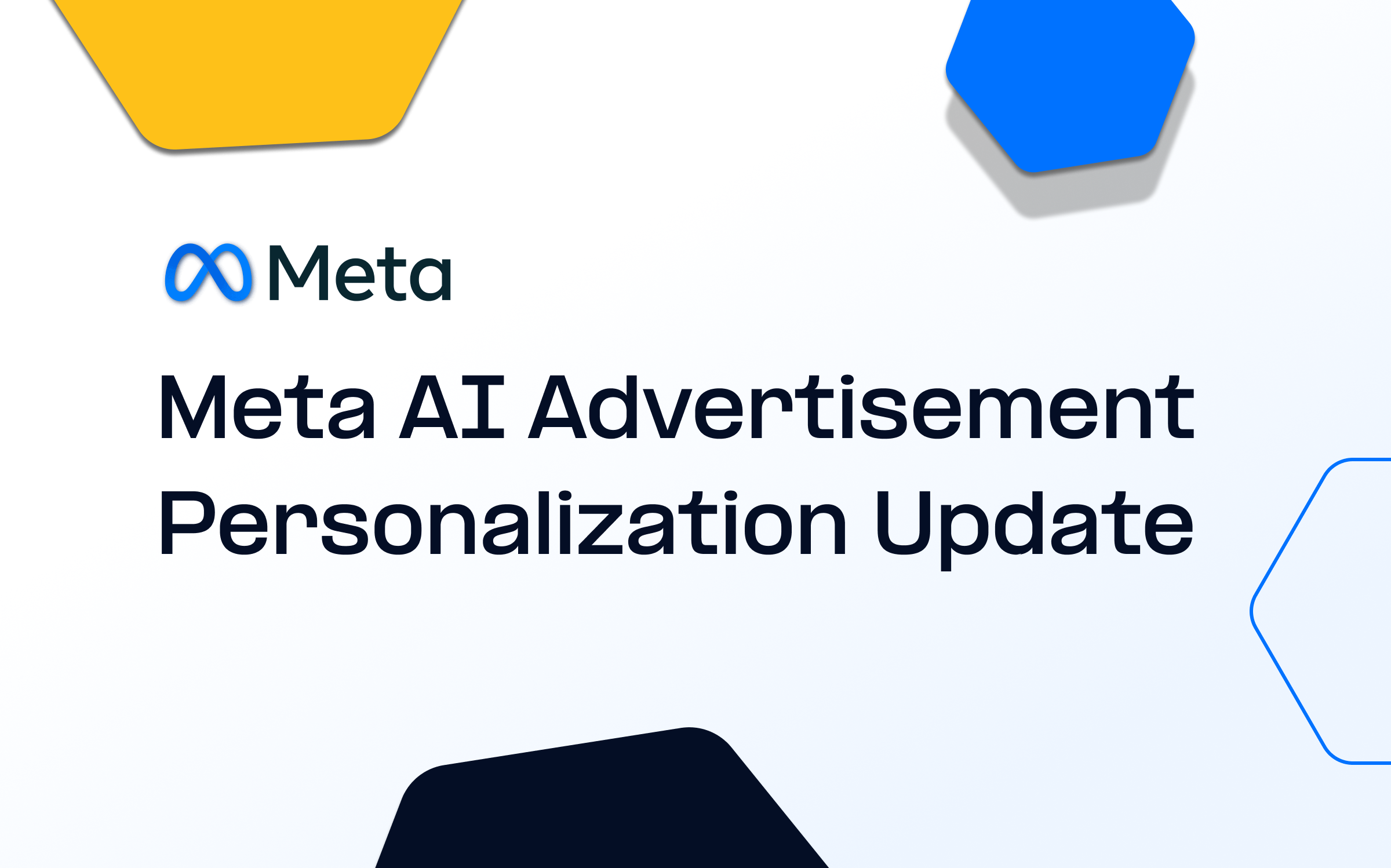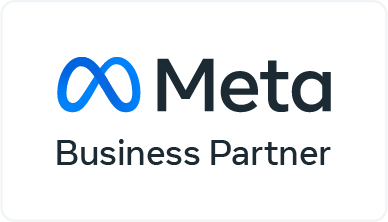Speed isn’t just about user experience anymore, it’s a critical business metric that affects everything from Google’s search rankings to your advertising costs. And while speed optimization is essential for conversion rates, it’s only one piece of the puzzle. Without reliable tracking data, even the fastest store can make flawed decisions. That’s why top-performing brands combine technical performance with TrackBee, to ensure that the data behind your growth is just as fast and accurate as your storefront.
In this guide, you’ll discover proven techniques to dramatically improve your store’s performance, avoid common pitfalls that slow down even well-designed sites, and implement advanced strategies that can double your conversion rates through faster load times.
Key takeaways
- Shopify stores loading under 2 seconds have 2.5x higher conversion rates than 5-second loads
- 70% of consumers say slow website speed reduces their willingness to buy online
- Image optimization and app management are the most impactful speed improvements
- Google PageSpeed Insights and Shopify’s Web Performance dashboard are essential testing tools
- Mobile-first optimization is critical as 64% of users expect sites to load within 4 seconds
- Proper theme selection can improve loading times by up to 1.8x compared to competitors
What is Shopify Speed Optimization?

Shopify speed optimization is the systematic process of improving page load times and overall website performance for stores operating on the Shopify platform. This approach encompasses both frontend improvements, such as image compression, code minification, theme streamlining, and lazy loading of content. as well as backend enhancements, including disciplined app management, code cleanup, and leveraging content delivery networks.
The primary goal extends beyond just faster loading speeds. Effective speed optimization reduces friction throughout the shopping experience, resulting in higher conversion rates, improved search engine visibility, and increased customer satisfaction. Modern optimization efforts focus on balancing visual appeal with fast loading speeds to create the optimal user experience.
Why Shopify speed optimization matters in 2025
The stakes for site speed have never been higher. Google recommends ecommerce page load speeds under 2 seconds for optimal performance, and even a one-second delay in loading can cost stores thousands in daily revenue. Beyond immediate sales impact, site speed directly influences Google Ads Quality Score and SEO rankings, creating a compound effect on your store’s visibility and profitability.
Shopify’s infrastructure provides a significant advantage. 93% of Shopify stores achieve fast loading speeds compared to other platforms, with the platform delivering sites 2.97x faster than some competing SaaS solutions. However, this native performance advantage can be quickly eroded by poor optimization practices.
Mobile users have particularly high expectations, with 64% expecting sites to load within 4 seconds and 47% expecting 2 seconds or less. Given that mobile traffic now represents the majority of e-commerce visits, optimizing for mobile devices is no longer optional, it’s essential for business survival.
Impact on Conversion Rates

The correlation between speed and conversions is undeniable. Improving load speed by just 0.5 seconds can significantly increase conversions, while fast sites reduce bounce rates by over 50% compared to slow competitors. For impulse buyers—a crucial segment in e-commerce—every second of delay during checkout processes represents lost revenue.
Speed improvements of 1-2 seconds can literally double the time customers spend browsing your pages. This increased engagement translates directly into higher average order values and improved customer lifetime value, making speed optimization one of the highest-ROI investments you can make.
SEO and Search Rankings

Page speed became a confirmed Google ranking factor for both desktop and mobile searches, with Core Web Vitals becoming crucial ranking signals in May 2021. Faster stores consistently outrank slower competitors in search results, particularly in competitive niches where every ranking advantage matters.
Beyond direct ranking benefits, speed optimization improves crawl budget efficiency for larger stores. When Googlebot can crawl your pages faster, it can index more of your content, leading to better overall organic visibility and increased organic traffic to your online store.
Essential Shopify Speed Optimization Techniques
The foundation of any successful speed optimization strategy lies in mastering the fundamentals. These core techniques provide the biggest impact for most Shopify store owners and should be implemented before moving to advanced strategies.
Choose lightweight themes optimized for performance over heavy visual elements. The difference between themes can be dramatic—testing of over 200 Shopify themes showed that the fastest options like Create achieved First Contentful Paint as low as 1.1 seconds, while feature-heavy alternatives pushed load times beyond 2 seconds.

Compress and resize images using tools like TinyJPG before uploading to reduce file size without sacrificing visual quality. Remove unused Shopify apps, especially those with customer-facing features that inject scripts into your storefront. Each unused app continues to slow your site even after providing no value.
Implement lazy loading for images and below-the-fold content to prioritize above-the-fold rendering. Minify CSS, JavaScript, and HTML code to reduce file sizes, and consider using system fonts instead of custom web fonts that require additional downloads.
Image Optimization Strategies
Images typically comprise 50-75% of total webpage weight on ecommerce sites, making them the single biggest opportunity for performance gains. Shopify’s built-in content delivery network provides automatic optimization, but you can dramatically improve results by preprocessing images before upload.
Use Shopify’s built-in image size parameters for automatic CDN optimization by appending size parameters to image URLs. Replace animated GIFs with static images or optimized video formats, GIFs can exceed 10MB per file while providing minimal value. Never upload images larger than their maximum display size on product pages, as this wastes bandwidth and slows loading.
Implement WebP format support for 25-35% smaller file sizes compared to traditional JPEG and PNG formats. Most modern browsers support WebP, and Shopify can automatically serve the appropriate format based on browser capabilities.
Advanced Shopify Performance Techniques
Once you’ve mastered the fundamentals, advanced techniques can push your store’s speed to industry-leading levels. These strategies require more technical knowledge but provide significant competitive advantages.

Enable Accelerated Mobile Pages (AMP) for lightning-fast mobile loading, particularly beneficial for content-heavy pages like blogs and product descriptions. Consider implementing headless commerce architecture for complex stores that require ultimate customization and speed.
Leverage Shopify’s dual CDN powered by Cloudflare for global speed improvements, ensuring customers worldwide experience fast load times regardless of their geographic location. Optimize your checkout flow with features like Shop Pay for one-click purchasing, reducing friction at the most critical conversion point.
Replace hero sliders with single optimized images and clear call-to-actions. While sliders may seem visually appealing, they significantly increase page weight and often confuse users rather than improving engagement.
Mobile-First Optimization

Prioritize mobile performance as most Shopify traffic comes from smartphones. Mobile optimization requires different considerations than desktop, as network constraints and processing power limitations affect performance differently.
Disable video autoplay on mobile devices to prevent large file downloads that consume data and slow initial page loads. Use responsive design that adapts efficiently to different screen sizes without loading unnecessary resources for smaller viewports.
Implement touch-friendly navigation and interface elements that work intuitively on mobile devices. Test mobile performance separately from desktop, as the same optimizations don’t always translate between devices. Mobile users often experience significantly different performance than desktop analytics suggest.
Technical performance enhancements
Reduce HTTP requests by combining CSS and JavaScript files where possible. Each request requires a separate connection, and mobile networks handle multiple simultaneous connections less efficiently than desktop broadband.
Minimize redirects and fix broken links that force additional server requests and slow page loading. Use 301 permanent redirects instead of 302 temporary redirects for SEO benefits and slightly improved performance.
Enable browser caching for static resources like images and stylesheets, allowing repeat visitors to load your store faster. Implement preloading for critical resources above the fold, ensuring the most important content renders immediately.
Shopify speed testing tools and metrics

Accurate measurement is essential for effective optimization. Shopify’s Web Performance dashboard tracks Core Web Vitals over 28-day periods, providing insights into real user experiences rather than synthetic testing alone.
Google PageSpeed Insights provides actionable recommendations for improvements along with scores that correlate with user experience. GTmetrix offers detailed waterfall analysis and A-F speed grading that helps identify specific bottlenecks. Pingdom provides percentage-based scoring and global testing locations for comprehensive analysis.
Use multiple speed testing tools for comprehensive analysis and benchmarking. Each tool measures slightly different aspects of performance, and combining results provides a complete picture of your store’s speed across different conditions and user scenarios.
Key Performance Metrics

Understanding Core Web Vitals is crucial for modern speed optimization. Largest Contentful Paint (LCP) should be under 2.5 seconds for good performance and measures when the largest content element becomes visible. First Contentful Paint (FCP) measures when users first see any content, indicating perceived loading speed.

Time to First Byte (TTFB) indicates server response speed and should typically be under 200 milliseconds for optimal performance. Cumulative Layout Shift (CLS) measures visual stability during loading, pages that shift content around frustrate users and hurt conversions. Time to Interactive (TTI) shows when pages become fully functional for user interaction.
These key metrics directly correlate with user satisfaction and conversion rates. Sites that pass Core Web Vitals consistently outperform those that don’t in both user engagement and search rankings.
Shopify-specific testing features

Shopify Admin Analytics provides built-in performance monitoring accessible directly from your store dashboard. The Site Speed Audit compares your store against Shopify platform averages, helping identify whether your performance issues are relative or absolute.
Real user data shows actual customer experience over synthetic testing, providing insights into how your optimization efforts affect real shoppers. Performance rankings help benchmark against similar store types and product categories. Historical data tracks improvement trends over time, allowing you to measure the ROI of optimization efforts.
Common Shopify speed optimization mistakes

Even well-intentioned optimization efforts can backfire without proper knowledge. Store owners frequently undermine their site’s speed by over-installing feature-heavy themes and apps, leading to code bloat and significant slowdowns.
Installing too many apps without considering performance impact is perhaps the most common mistake. While each app may seem to add value individually, the cumulative effect of having too many apps can devastate loading speeds. Apps often leave behind code snippets even after uninstallation, creating ongoing performance drag.
Using heavy themes with unnecessary features and bloated code attracts many store owners focused on visual appeal over performance. These themes may look impressive in demos but perform poorly under real-world conditions with actual product catalogs and traffic.
Uploading large, uncompressed images directly to product pages wastes bandwidth and slows loading dramatically. Many store owners don’t realize that Shopify can automatically optimize images if they’re provided in reasonable sizes and formats.
Theme-related issues

Choosing themes based on appearance without considering performance impact leads to long-term speed problems. Excessive customization often adds unnecessary code and complexity that degrades performance over time.
Using multiple images in hero sliders instead of single optimized banners increases page weight without proportional engagement benefits. Quick view features that preload heavy product data can significantly slow initial page loads while providing minimal user value.
Not updating themes regularly means missing out on performance improvements and security updates. Theme developers often optimize loading speeds in newer versions, but these benefits require active updating.
Content and Media Problems
Auto-playing videos on mobile devices consume bandwidth and slow loading while often providing poor user experiences on smaller screens. Using unoptimized file formats like large GIFs instead of compressed alternatives wastes enormous amounts of bandwidth for minimal visual impact.
Loading all images simultaneously instead of implementing lazy loading forces users to wait for content they may never see. Embedding heavy social media widgets and external content creates dependencies on third-party servers that can slow your entire site.
Not leveraging Shopify’s CDN for optimal image delivery means missing out on automatic optimizations and global distribution that could significantly improve load times for international customers.
Measuring ROI from Shopify Speed Optimization
Tracking the business impact of speed improvements proves the value of optimization investments and guides future efforts. Monitor conversion rate improvements before and after speed optimizations to quantify direct revenue impact.
Track bounce rate reductions and increased pages per session as indicators of improved user engagement. Measure revenue impact from faster checkout and browsing experiences, particularly focusing on mobile conversion improvements where speed gains often have the most dramatic effects.
Calculate SEO improvements through better search rankings and increased organic traffic. Document cost savings from reduced cart abandonment rates—even small improvements in checkout speed can significantly reduce abandonment and increase completed purchases.
Performance benchmarking
Establish baseline metrics before implementing optimization changes to accurately measure improvements. Compare your Shopify store’s performance against top-performing sites in your industry to understand competitive positioning.
Track improvements in Core Web Vitals scores over time, focusing on real user data rather than just synthetic testing results. Monitor customer satisfaction through faster page load experiences using tools like customer surveys and session recordings.
Use A/B testing to validate speed optimization impact on conversions when possible. This approach provides the most reliable data on how speed improvements translate to business results, helping prioritize future optimization efforts for maximum ROI.
Future of Shopify Speed Optimization

Google’s emphasis on Core Web Vitals will continue growing in importance as user experience becomes an increasingly significant ranking factor. Mobile-first indexing makes mobile speed optimization even more critical, as Google primarily evaluates sites based on their mobile performance.
Emerging technologies like HTTP/3 and improved CDNs will enhance performance capabilities, while AI-powered optimization tools will automate many speed improvement processes. Progressive Web App (PWA) features will become standard for creating faster, more app-like experiences that drive higher engagement and conversions.
Emerging optimization technologies
Edge computing is reducing server response times globally by processing requests closer to users. Advanced image formats like AVIF provide better compression than WebP while maintaining visual quality, though browser support is still developing.
Improved caching strategies and browser technologies will automatically optimize loading priorities based on user behavior patterns. Machine learning algorithms will soon optimize resource loading automatically, adjusting priorities based on individual user preferences and connection speeds.
Real-time performance monitoring and automatic adjustments will become standard, allowing stores to maintain optimal speeds without manual intervention. These developments will make speed optimization more accessible to non-technical store owners while enabling even better performance for advanced users.
One final note: TrackBee

Even with a perfectly optimized Shopify store that loads in under two seconds, your performance efforts can fall short if your data isn’t accurate. Many e-commerce brands unknowingly make decisions based on incomplete or missing tracking data, especially as browsers and privacy tools increasingly block traditional tracking methods. That’s where TrackBee comes in. Once your speed is dialed in, the next step is ensuring your conversion data actually reflects what’s happening in your store. TrackBee uses advanced server-side tracking to recover lost conversions and send accurate, consent-compliant data back to platforms like Meta, Google Ads, and Klaviyo. Because no matter how fast your site is, you can’t optimize what you can’t measure.
FAQ
What is a good Shopify speed score? A good Shopify speed score depends on the testing tool, but generally, PageSpeed Insights scores above 50 are acceptable while scores over 90 are excellent. Focus more on Core Web Vitals metrics and real user experience than arbitrary scores.
How often should I test my Shopify store speed? Test your store speed monthly and immediately after any major changes to themes, apps, or content. Regular monitoring helps catch performance regressions before they significantly impact conversions.
How does TrackBee complement Shopify speed optimization? TrackBee ensures that your speed optimization efforts translate into measurable business results. While a fast-loading store boosts conversions, you also need accurate tracking to truly understand the impact. TrackBee uses advanced server-side tracking to send complete, consent-compliant data to platforms like Meta, Google Ads, and Klaviyo, so you always have a clear view of what’s working. When speed and data accuracy go hand in hand, you unlock the full potential of your store’s performance.
Does Shopify hosting affect my store’s speed? Yes, Shopify’s hosting provides 99.98% uptime and loads 2.97x faster than many other SaaS platforms. The platform’s global CDN and optimized infrastructure provide significant speed advantages over self-hosted solutions.
Can too many apps slow down my Shopify store? Absolutely. Having over 20 apps can significantly impact loading speed and web performance. Each app adds code and potential HTTP requests that can degrade your store’s speed.
What’s the most important speed optimization for Shopify stores? Image optimization typically provides the biggest performance improvement for most stores, as images often comprise 50-75% of total page weight. Proper image compression and sizing can dramatically reduce load times.
How does mobile speed differ from desktop performance? Mobile typically loads slower due to network constraints and device limitations. Mobile optimization requires separate consideration for data usage, processing power, and touch interfaces that don’t apply to desktop optimization.
Should I use free or paid Shopify themes for better speed? Both free and paid themes can be fast or slow depending on their code quality. Focus on choosing lightweight, well-coded themes regardless of price. Many free themes actually outperform expensive alternatives in speed tests.
How long does speed optimization take to show results? Most technical improvements are visible immediately in testing tools and user experience. SEO benefits from improved site speed may take 2-4 weeks to fully manifest in search rankings and organic traffic increases.








.png)






